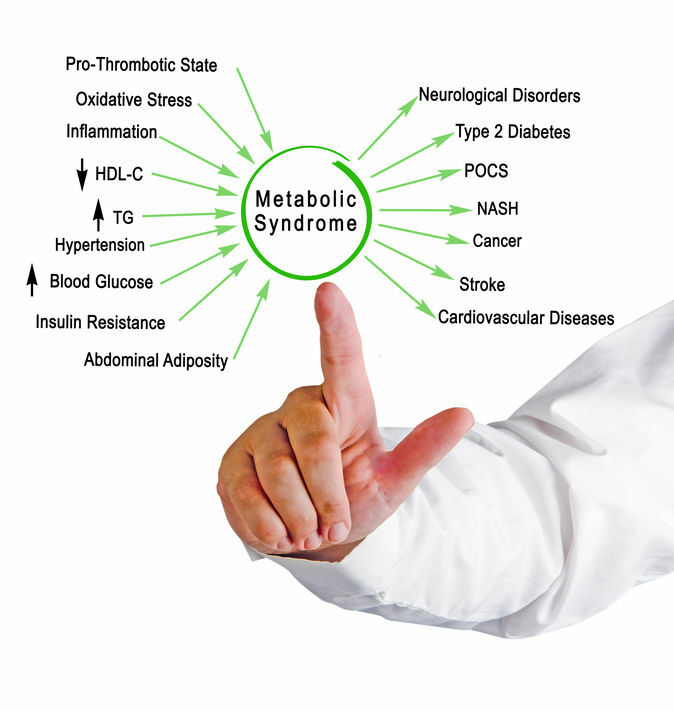
This post will look at what metabolic syndrome and how high blood glucose can impact your your health.
Metabolic syndrome is...
A diagnostic tool that looks at five health biomarkers and if you have three or more areas of concern with these, you are labelled as having metabolic syndrome.
High blood pressure (1)
HDL levels (too low)
Triglyceride levels (too high)
Blood glucose levels (too high)
Abdominal circumference
This last one is called the waist to height ratio. Basically your measurement around your waist needs to be half of your height. For example, someone 180cms tall should have a waist of 90cms approximately
Strangely all these in some way relate to the action of insulin.
Blood pressure
Insulin tells the kidneys to hold onto sodium but when the kidney holds too much sodium (due to high levels of insulin) the sodium draws fluid to it and this increases blood pressure. So in most cases high blood pressure is caused by high levels of insulin, not high levels of sodium.
Fatty liver disease is associated with insulin resistance and high levels of insulin and this in turn leads to high triglyceride levels coupled with low HDL levels.
Blood Glucose
Insulin has the job of taking sugar out of your circulating blood but if you suffer with insulin resistance then this will mean control of blood glucose is troublesome. Because your insulin is being resisted by the body the pancreas will start to produce even more insulin to get the job done. This can lead to pancreas damage which means the insulin production will fall. Sugar in the body can lead to glycation, forming Advanced Glycated End-products (AGE) where in very layman’s terms the sugar sticks to the cell and damages it. So paradoxically the levels of insulin start to fall while the demands of the body go up due to the higher blood glucose levels.
The higher level of blood glucose (sugar) in circulation will damage blood vessels, organs and is the most common cause of;
Eye disease (2)
Renal dialysis due to kidney failure (3)
Body part limb amputation (4)
Associated with double the amount of incidence of strokes (5)
Associated with double the amount of incidence of heart disease (5)

Having central adiposity (a big belly) is an insulin driven condition. High levels of insulin have a very strong association with obesity. It’s very difficult for the body to gain fat in the absence of insulin. This is why Type 1 Diabetics, who can’t produce enough insulin, waste away without intervention.
What can you do to prevent this?
Eating fewer refined carbohydrates and eating less frequently are two good tactics. Reducing sugars and fruit can also help minimise blood glucose levels.
